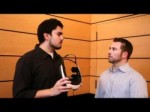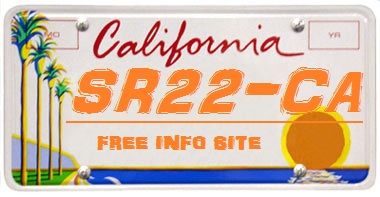First thing’s first—it’s saving, not savings. Sunday morning marks the end of daylight saving time, when we set our clocks back one hour to revert to Pacific Standard Time. While the official time to fall back is 2 a.m., many people won’t have to do anything—their computers and cell phones will adjust automatically. Having to physically change clocks and watches may eventually become a thing of the past, like picking up the morning paper. Having an extra hour of evening sunlight in the summer seems to be a popular concept, except in Arizona and Hawaii, where daylight saving time is not observed. We keep tinkering with how we set our clocks. In 2007 the United States adopted the current schedule, with daylight saving time beginning the second Sunday in March and ending the first Sunday in November, lengthening it by four weeks. Saving energy during World War I was the goal when the United States first tried daylight saving time. It was repealed once the war was over, then brought back on an all-year basis during World War II only to be dropped again when peace broke out. Daylight saving time was finally standardized by Congress in 1966 and has changed several times since, with a winter version experimented with during the 1970s oil embargo. The rolling blackouts that hit California in 2001 brought up the idea of expanding daylight saving time, prompting the California Energy Commission to release a 37-page report. The proposal was to scrap standard time altogether, with the winter months observing daylight saving time and the summer months saddled with something called “double daylight saving time.” Thankfully, the commission concluded that the plan would only save marginal amounts of energy and it was never enacted. Turns out the blackouts had more to do with Enron than not enough electricity. Be sure to follow Beverly Hills Patch on Twitter and “Like” us on Facebook . Read more here: Daylight Saving Ends Sunday, Time to Fall Back
Posts Tagged ‘ the-status ’
First look: Sony HMZ-T1, a 3D TV worn on your head

http://www.youtube.com/v/XsS6aRoR_18?version=3&f=user_uploads&app=youtube_gdata Sony has released its HMZ-T1 Personal 3D viewer — a headset with two built-in OLED screens for watching movies and playing videogames in 3D. Sony spokesman Aaron Levine stopped by the Los Angeles Times to let us go hands-on with the device. For impressions on the device from Technology reporter Nathan Olivarez-Giles, check out the LA Time Technology blog at… latimesblogs.latimes.com Video produced by Armand Emamdjomeh/Los Angeles Times Read more from the original source: First look: Sony HMZ-T1, a 3D TV worn on your head
S.B. COUNTY: Breads of the World exhibited
In a new exhibit titled ” The World of Breads ,” culinary school students at The Art Institute of California-Inland Empire have elevated loaves of bread to the status of art work in the school’s visual arts gallery. View original post here: S.B. COUNTY: Breads of the World exhibited



